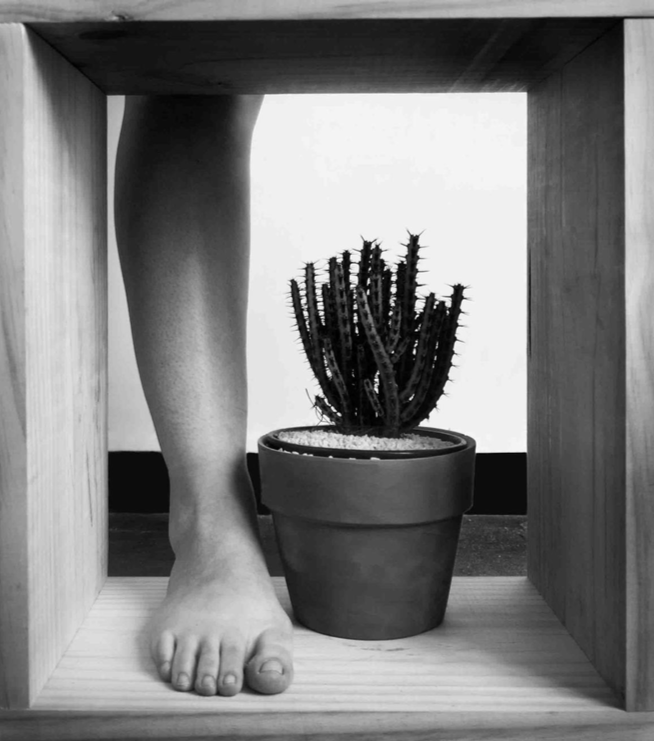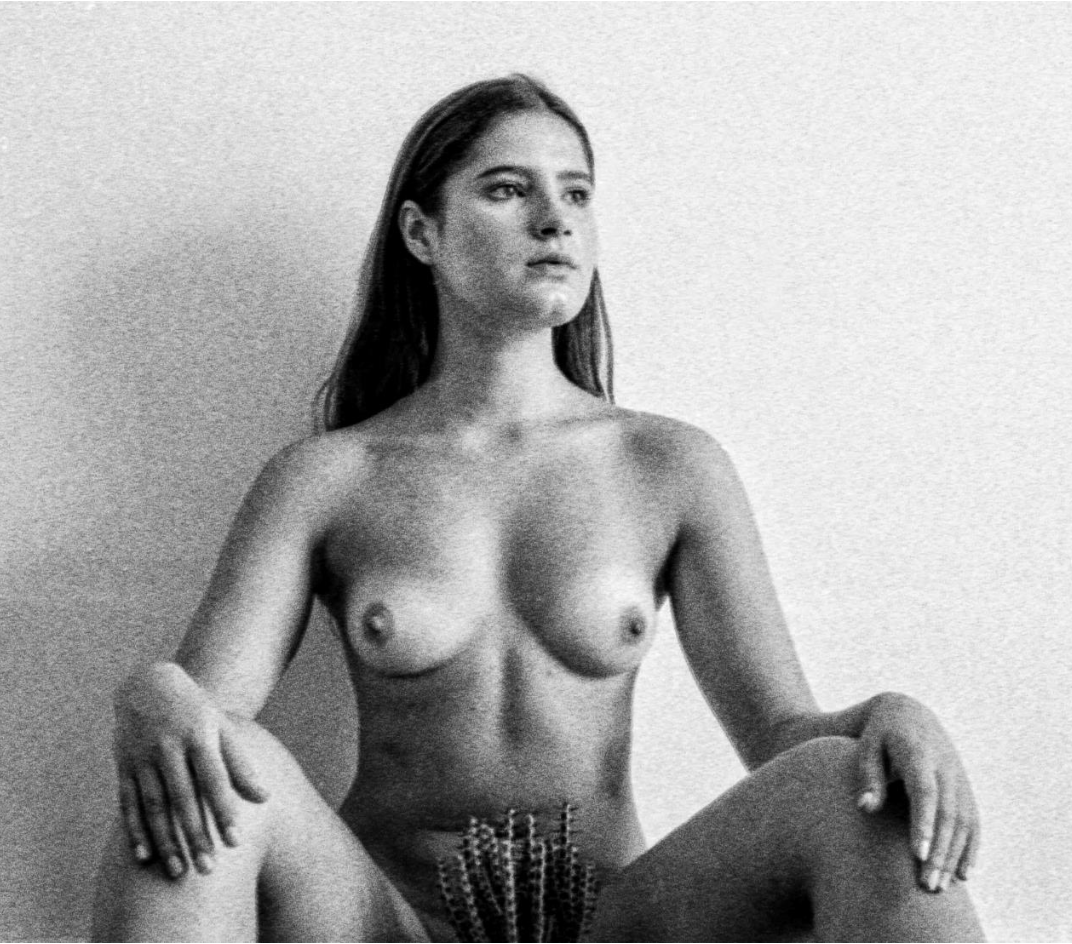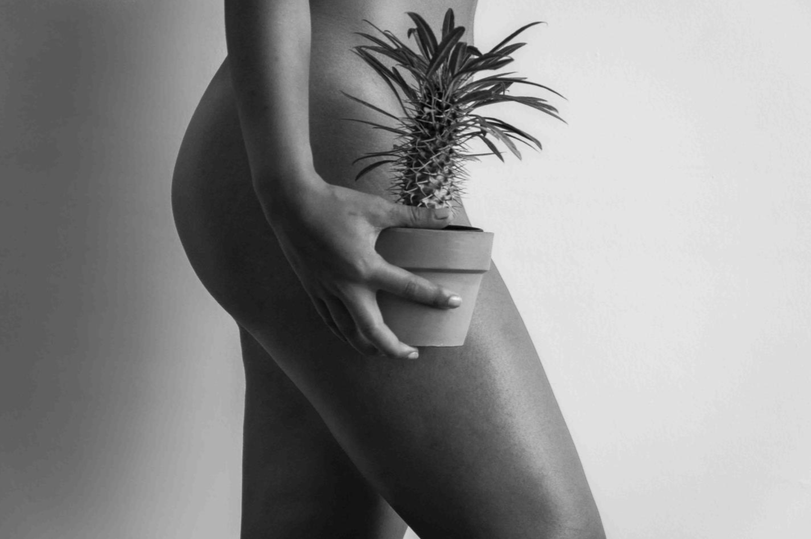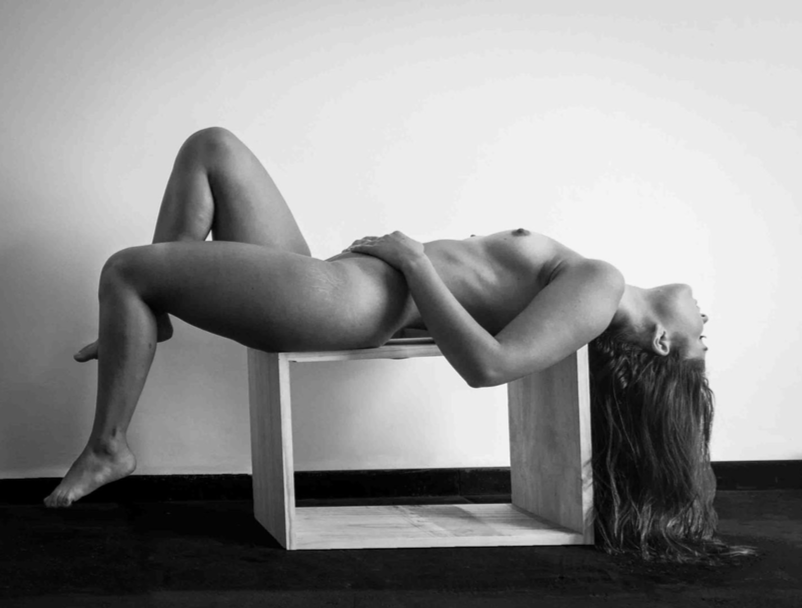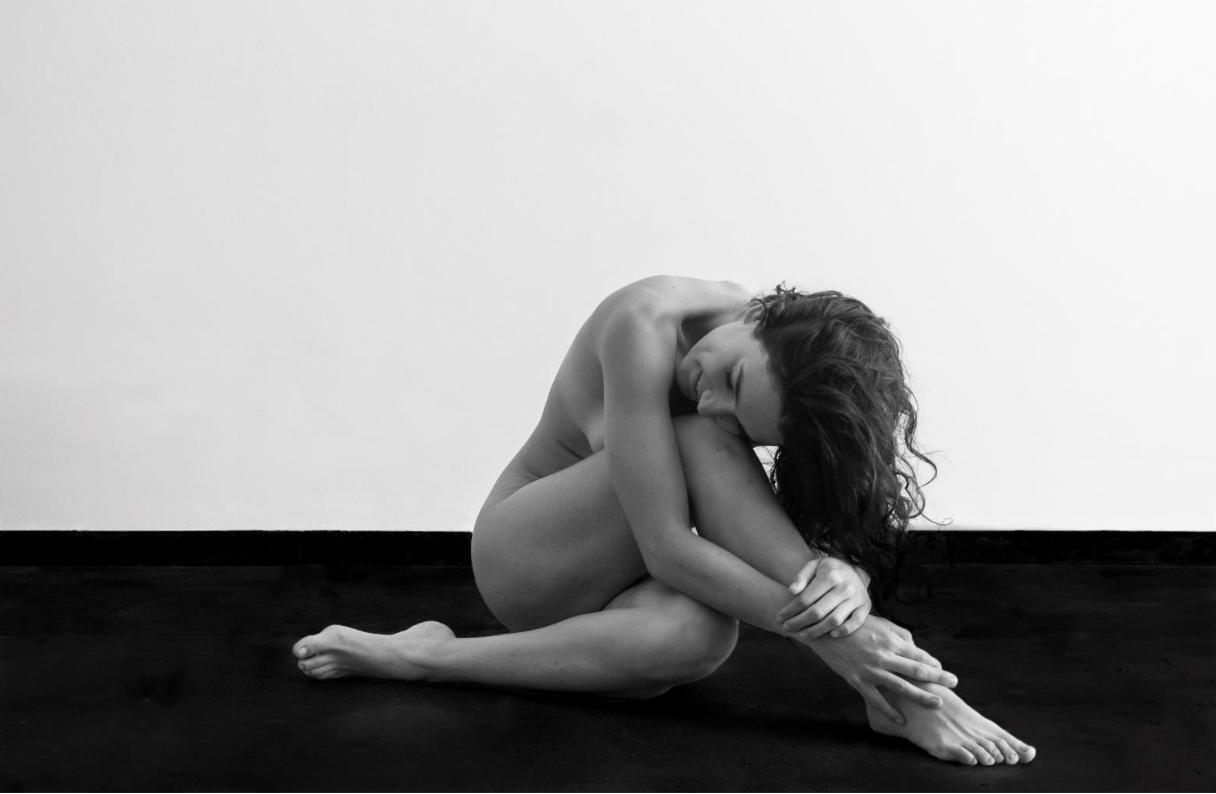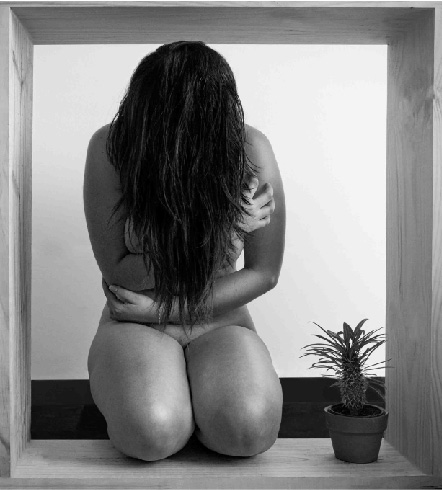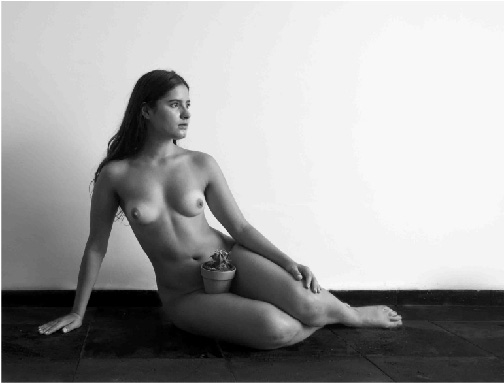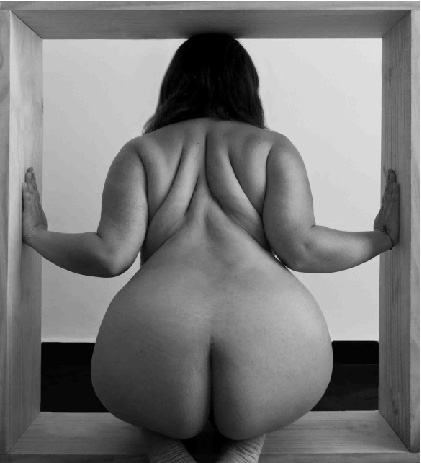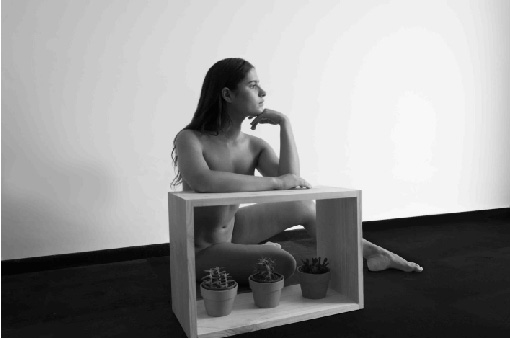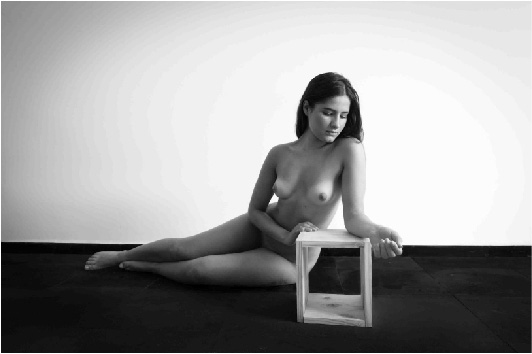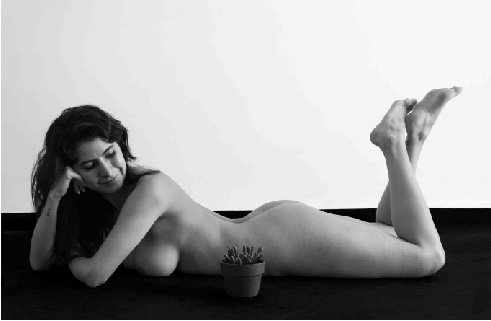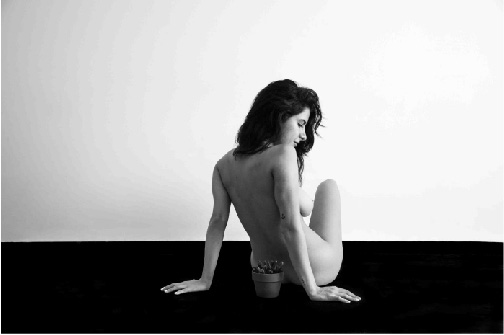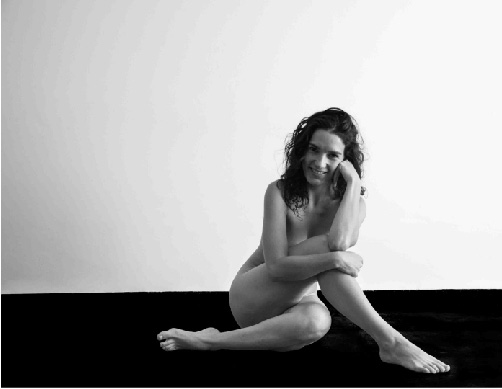IMPASSE // Charles Hinojosa
In a space of critical innovation and creative experimentation, the young photographer, Charles Hinojosa, takes a moment of pause and reflection to decant a context of globalisation, where the proliferation of images is delirious.
A personalised constellation is traced in perceptual chaos through the use of a compass, through an impasse of silence and assimilation. A woman is seen on the outside, on the inside, and by herself; she rebels as she is revealed giving a new meaning to her ontological sense. With a revival, the feminine image is reconquered in postmodernity. It is about transgressing the languages among themselves, working on them to find a new syntax of the form.
In past times, the female figure was only observed by men, but the symbols of love and fertility can no longer be represented in the same way. In a contemporary context, the female body is read in a different way: it is empowered and, at times, fragmented only to be reborn from its ashes.
Inserted in a frenzy of imaginaries, what do Charles Hinojosa’s nude portraits, as taunting as they are hieratic, tell us? What do these sculptural and dissolute female bodies, which try to escape from their frames, tell us? Is it an implosion or an explosion?
If art is an infinite interview with forms and this dialogue is a perpetual negotiation which derives in a creative motivation, then the postures and factions would come closer to the ideal of warriors who resist stereotypes. In this way, it seems that Hinojosa has an impasse of introspection and reservation that allows her to contain herself and create some distance. This in turn lets the panorama run clear with new and paradigmatic shapes.
From a richer and more complex perspective, the young artist imagines that it is still possible to innovate reality by transforming it in her representations. One of the many postures for defining art today treats it as a happening more than an object, as a moment of epiphany and ontological transformation, as a link with culture. Art retakes its origin as a language and as an ever-changing evolution.


